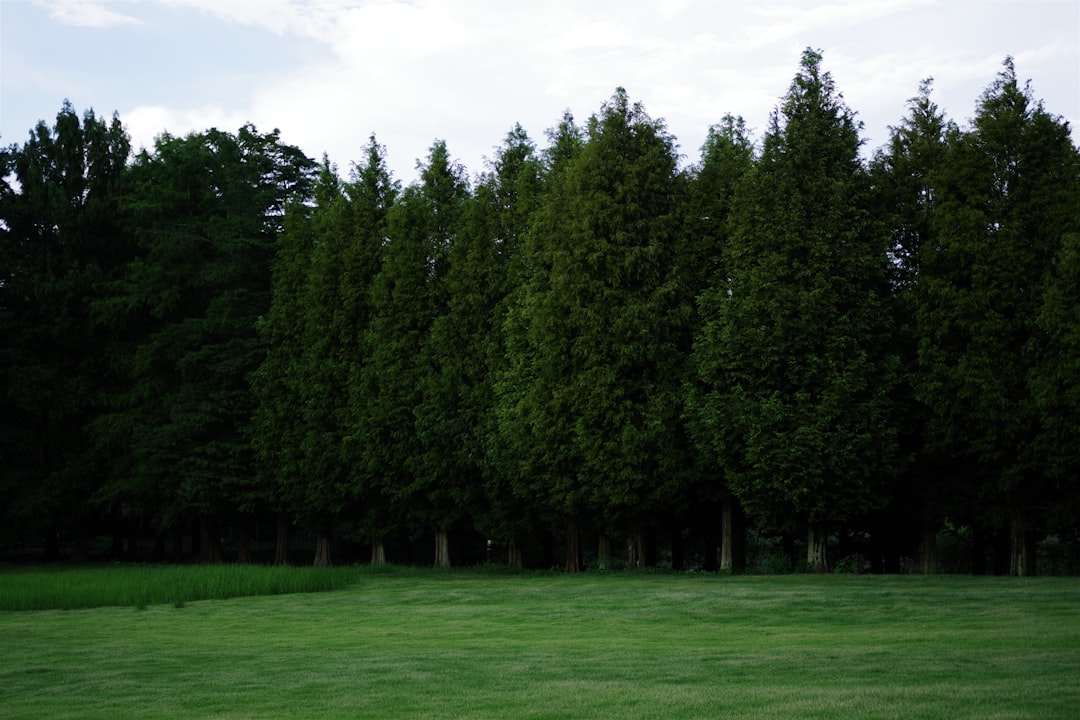Unveiling the Perfect Front - Yard Trees: A Comprehensive Guide

Embarking on the journey of gardening, especially when it comes to picking trees to plant in your front yard, can often feel like navigating through a dense forest. It's an overwhelming task, but fear not! Our guide is here to be your trusty compass, helping you choose the best trees that will transform your front yard into a lush, inviting haven.
To begin this exciting process, the first step is to create a list of your needs. Consider what you want your front - yard trees to achieve. Are you looking for shade on those scorching summer days? Do you desire a burst of colorful blossoms in the spring or vibrant foliage in the fall? Maybe you're interested in attracting local wildlife, such as birds and butterflies. Or perhaps you simply want a tree that adds an element of privacy to your home.
Once you have your list of needs, it's time to delve into the world of tree species. There are numerous types of trees to choose from, each with its own unique characteristics. For instance, if shade is your primary concern, large - canopy trees like the oak or maple are excellent choices. Oak trees are known for their sturdiness and long lifespan. They can provide a vast area of shade, making them perfect for creating a cool retreat in your front yard. Maple trees, on the other hand, offer not only shade but also a spectacular display of red, orange, and yellow leaves in the autumn, adding a touch of natural artistry to your landscape.
If you're after a tree that will bring a splash of color in the spring, look no further than the cherry blossom tree. These trees are famous for their delicate, pink or white blossoms that create a breathtaking sight when in full bloom. Dogwood trees are another great option. They produce beautiful flowers in various colors, including white, pink, and red, and their unique branching structure adds an interesting visual element to your front yard.
For those interested in attracting wildlife, the serviceberry tree is a top pick. It produces small, edible berries that are a favorite among birds. The tree also offers lovely white flowers in the spring and colorful foliage in the fall. Another wildlife - friendly option is the magnolia tree. Its large, fragrant flowers attract pollinators like bees and butterflies, and its evergreen leaves provide shelter for small animals.
When it comes to privacy, evergreen trees are the way to go. Arborvitae trees, with their dense foliage, can be planted in a row to create a natural privacy screen. They are also relatively low - maintenance, making them a practical choice for busy homeowners. Leyland cypress trees are another popular option for privacy. They grow quickly and can reach great heights, providing an effective barrier between your home and the outside world.
However, choosing the right tree isn't just about its aesthetic or functional qualities. You also need to consider the environmental factors of your front yard. The soil type, sunlight exposure, and climate in your area play a crucial role in the tree's survival and growth. For example, some trees prefer well - drained soil, while others can tolerate wetter conditions. Make sure to research the specific requirements of each tree species you're considering and match them with the conditions in your front yard.
Sunlight is also a key factor. Some trees thrive in full sun, while others do better in partial shade. If your front yard gets a lot of direct sunlight, choose trees that can handle the heat, such as the ginkgo tree. If your yard has areas of shade, opt for trees like the Japanese maple, which can tolerate less sunlight.
Climate is perhaps the most important factor of all. Different trees are adapted to different climates. Make sure to choose a tree that is suitable for the hardiness zone in your area. You can find this information from your local nursery or by referring to the USDA Plant Hardiness Zone Map. Planting a tree that isn't adapted to your climate can lead to poor growth, disease, and even death.
In conclusion, picking the best trees for your front yard is a multi - faceted process. By starting with a list of your needs and carefully considering the environmental factors, you can make an informed decision. With the right tree, your front yard will not only look beautiful but also provide numerous benefits for years to come.